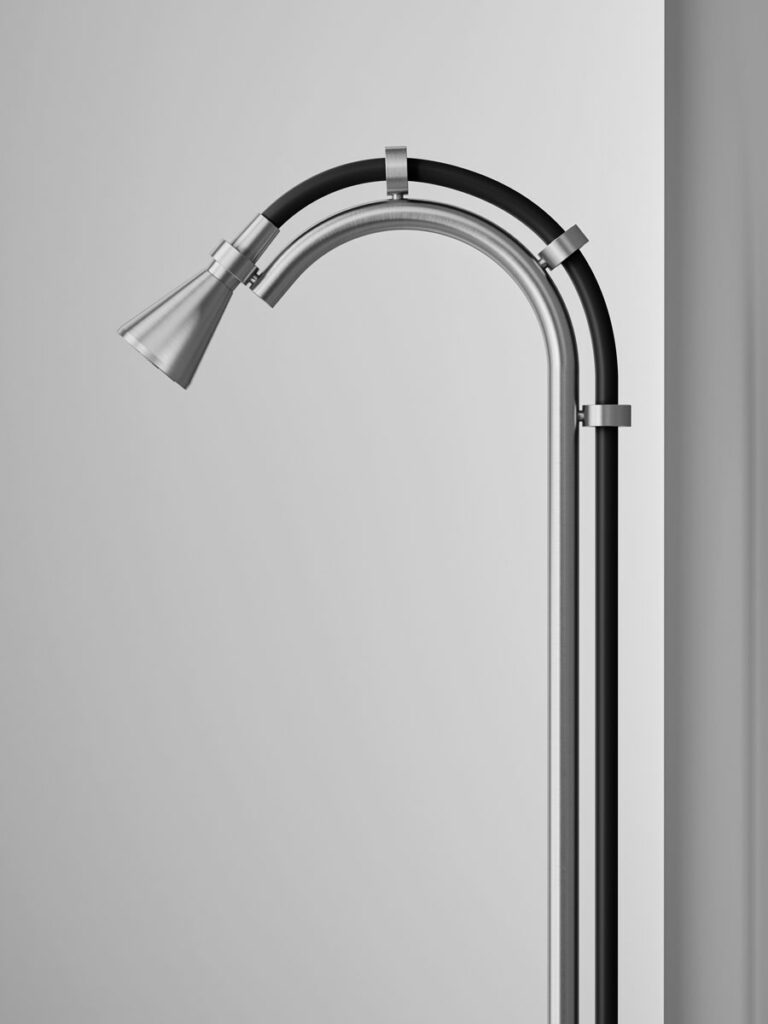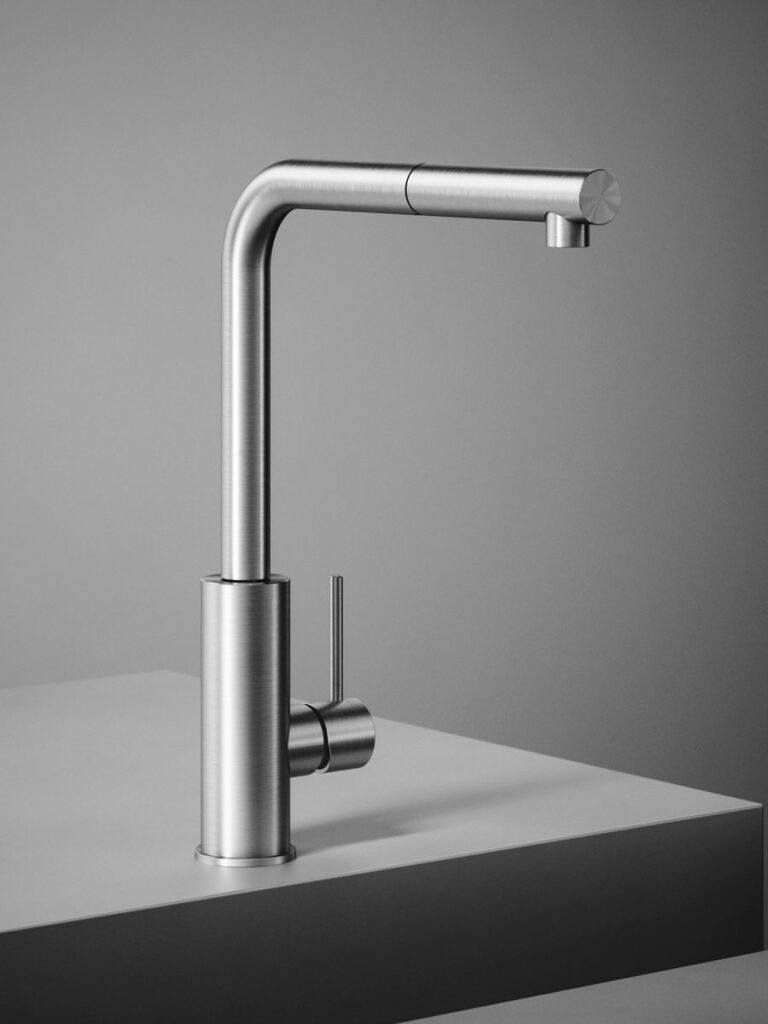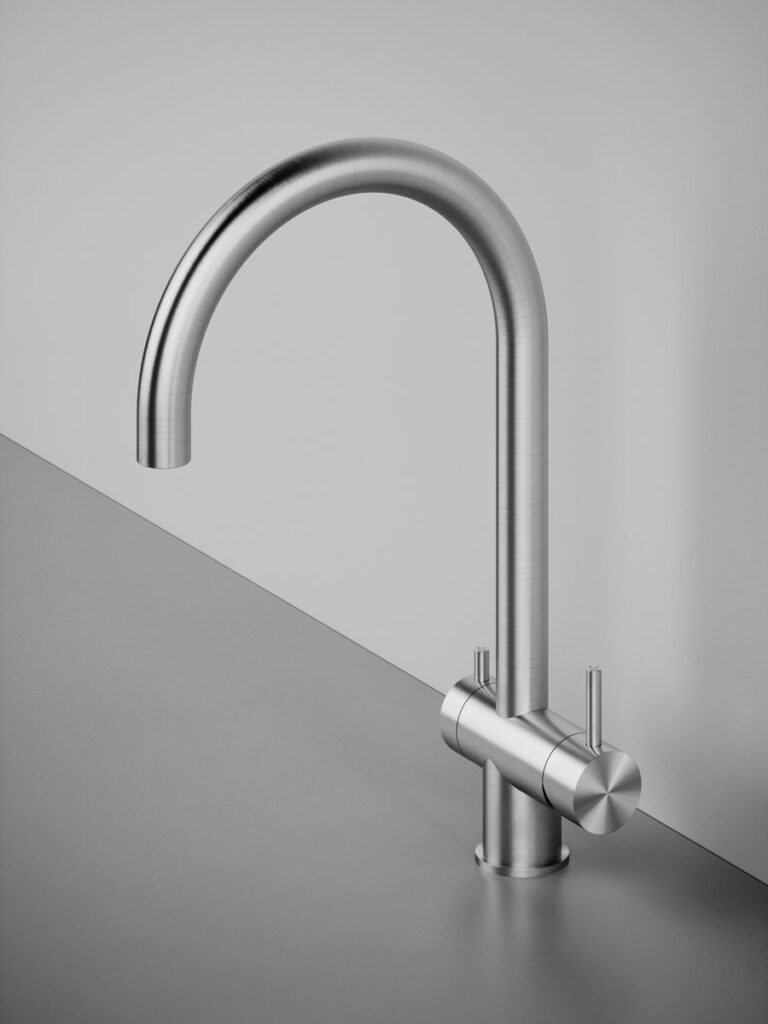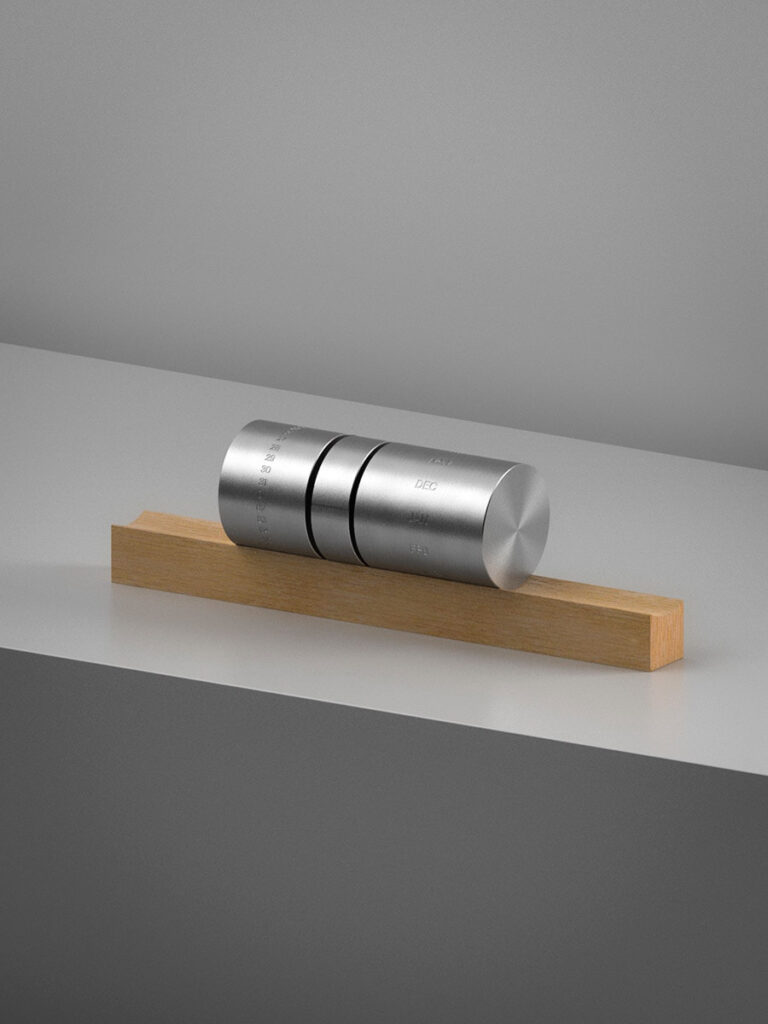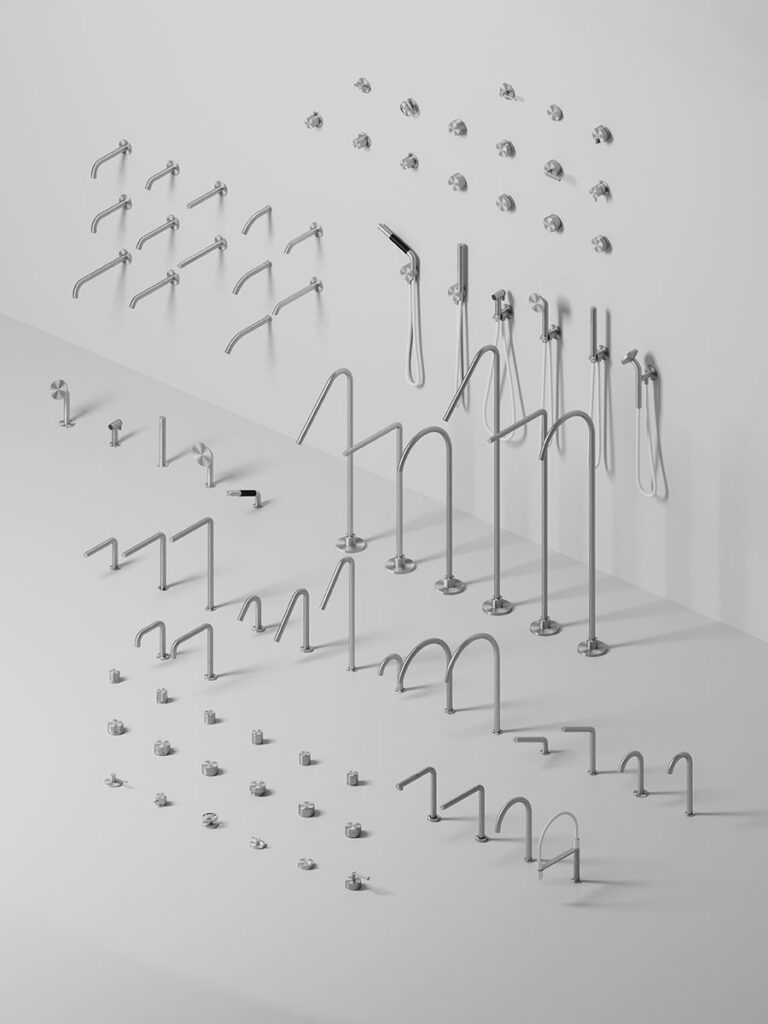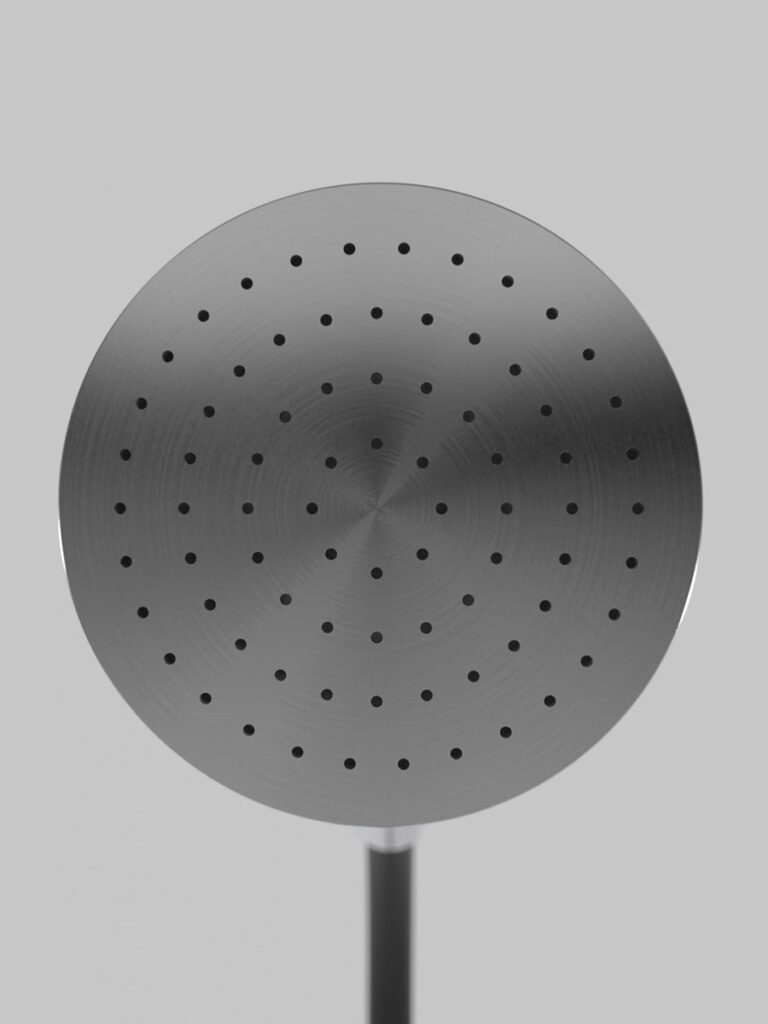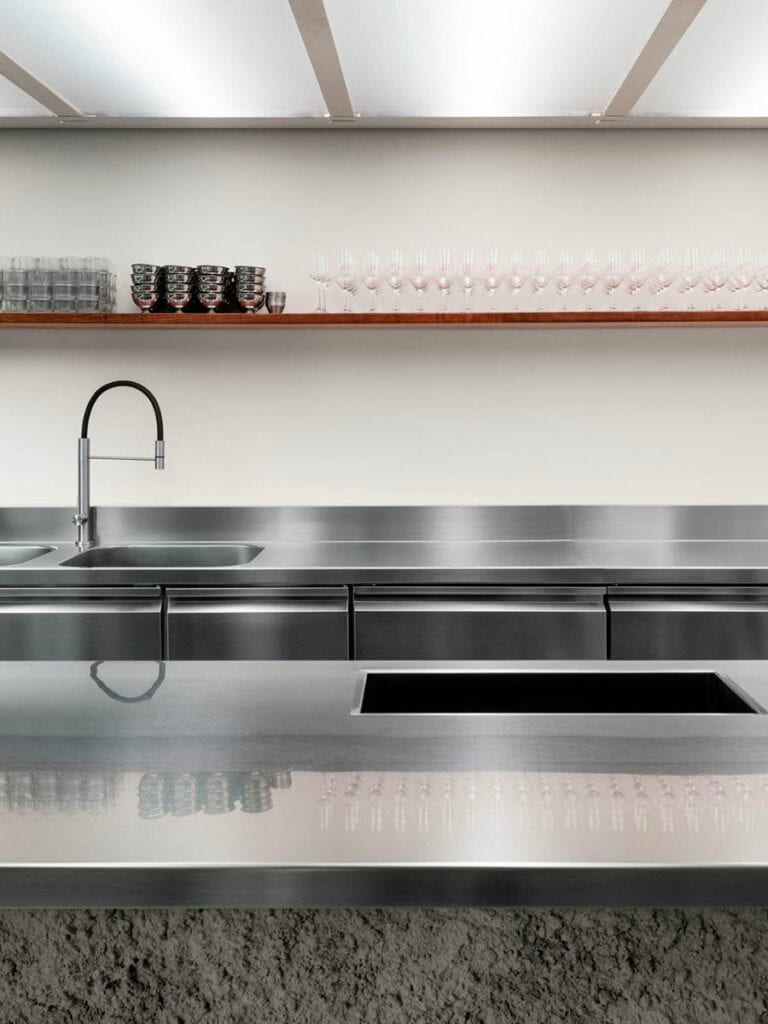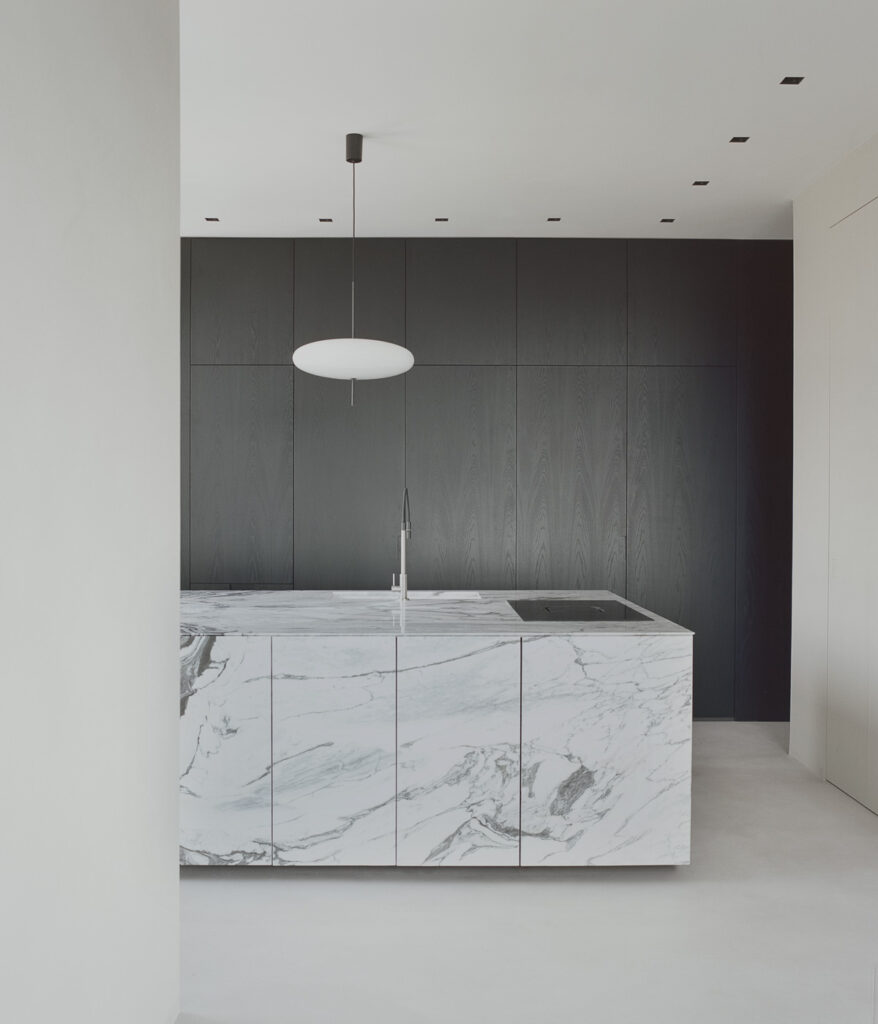Villain House by Clàudia Raurell
Local studio Architecture Office Claudia Raurell has transformed a decaying townhouse in Barcelona into a concrete home, preserving the original front facade – the only part that could be saved. Villain House stands where the old structure once was, reimagined with modern brutalism.
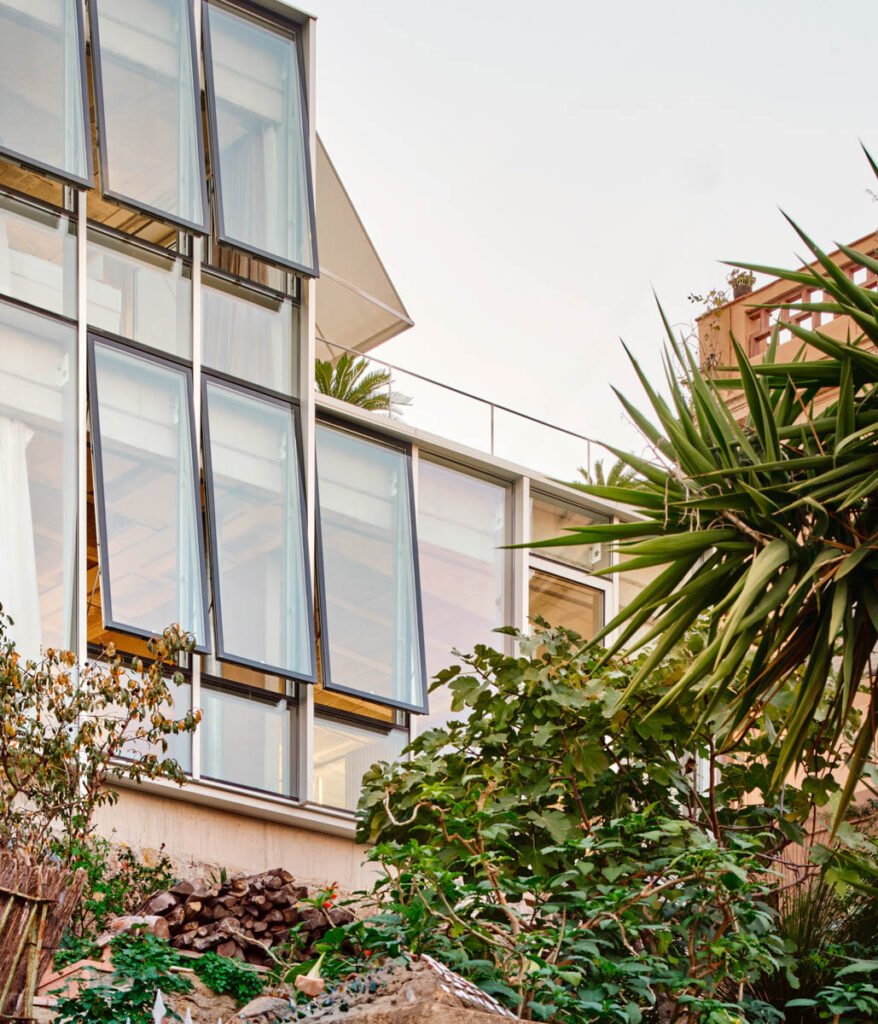
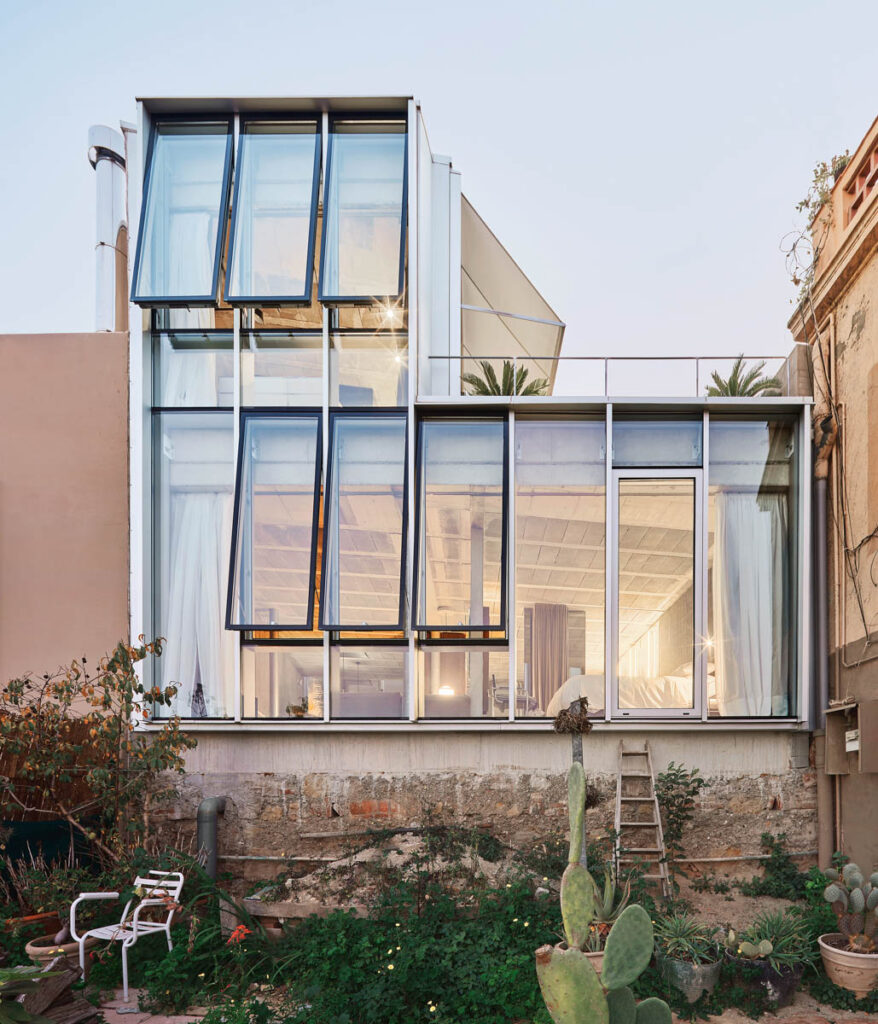

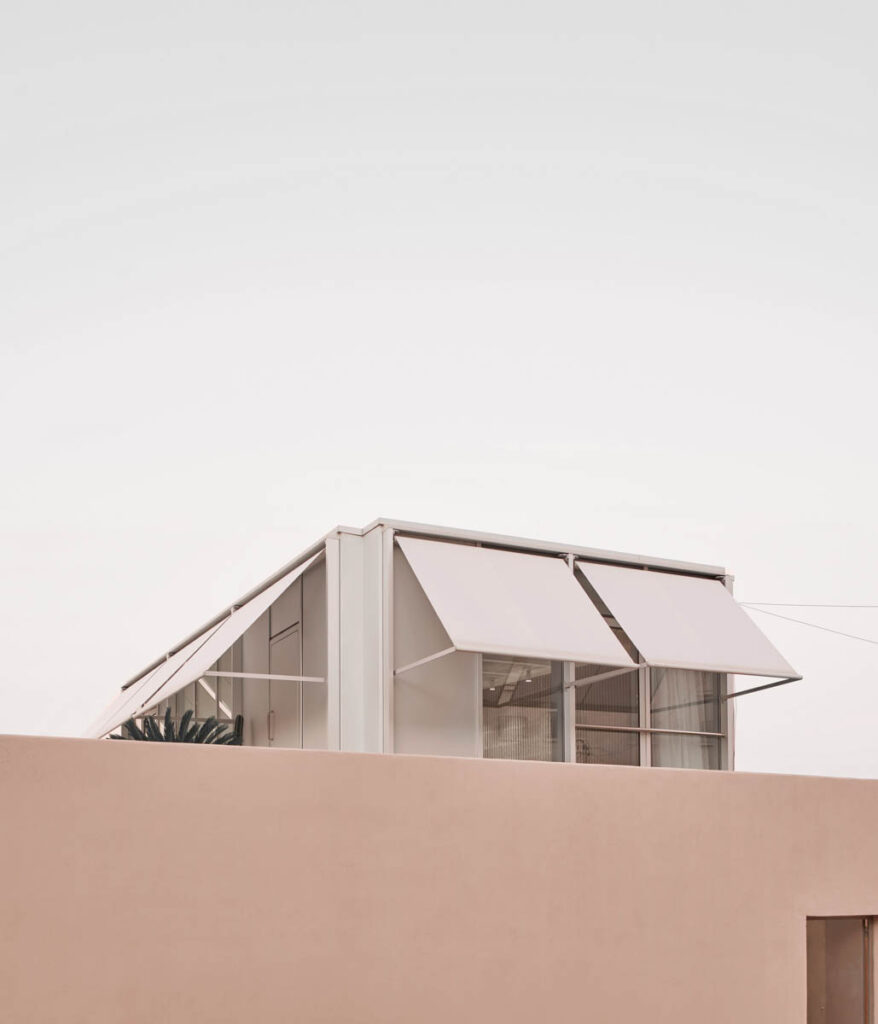
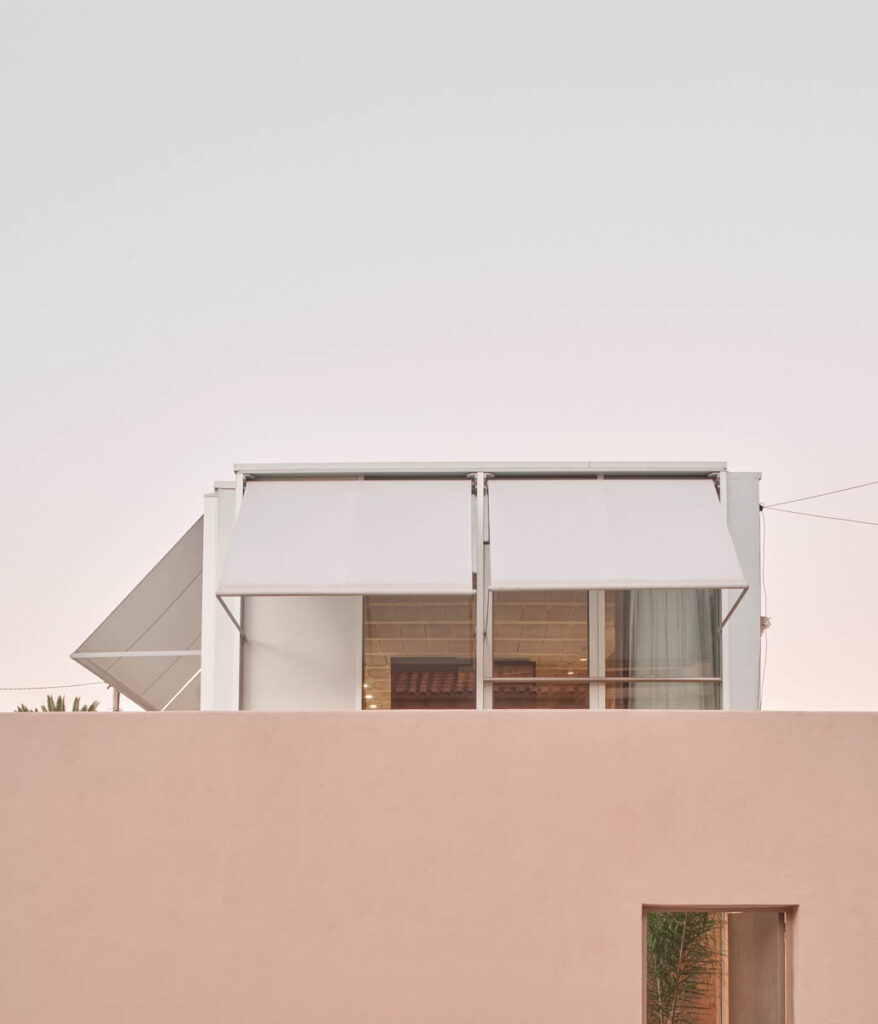

Two party walls delimit a trapezoidal plot, where a typical self-built shack stands precariously on the northern slope of Montjuic. The immediate urban environment begins to show the growing sanitization promoted by the Satalia Plan, which has deployed a cleanup of Montjuic’s classic accumulation in favor of a reduced densification that allows the mountain to breathe.
Starting from this horizontal canvas that the city represents, the project is based on two ideas linked to the bidirectional dialogue it will inevitably have with it: from the inside out, the boundaries of its exterior enclosures disappear, making the city a permanent backdrop, as the last layer that embraces the project; from the outside in, the new volume becomes a new beacon for the city.
Volumetrically—and by urban planning imposition—the house is an exact replica of the original construction, except for a void on the ground floor created by the doubling of the facade on Julià Street, which allows the introduction of a glass skin parallel to the existing wall on Julià Street, the only original element preserved and consolidated.
Julià Street marks the topographic elevation of 55 meters above sea level, and due to its tension caused by the proximity to the urban fabric, it provides the plot with a privileged relationship with the city, as if it were an immobile cable car embedded in the mountain’s slope.

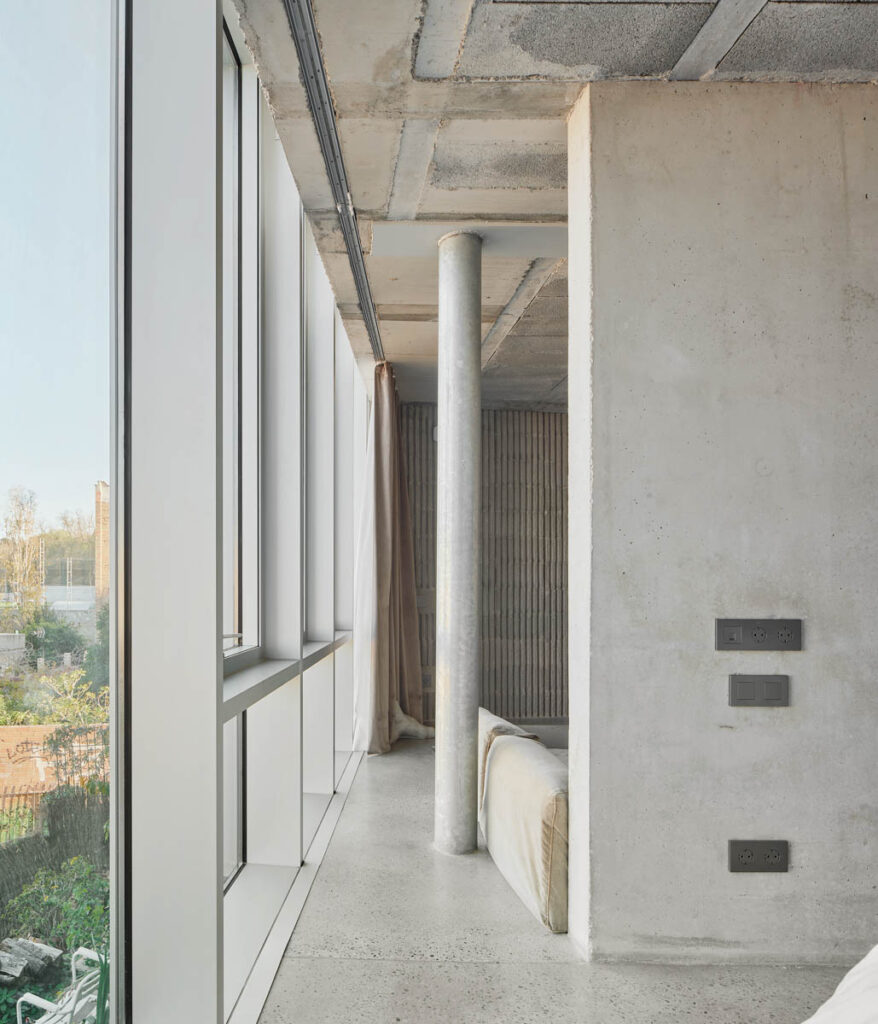
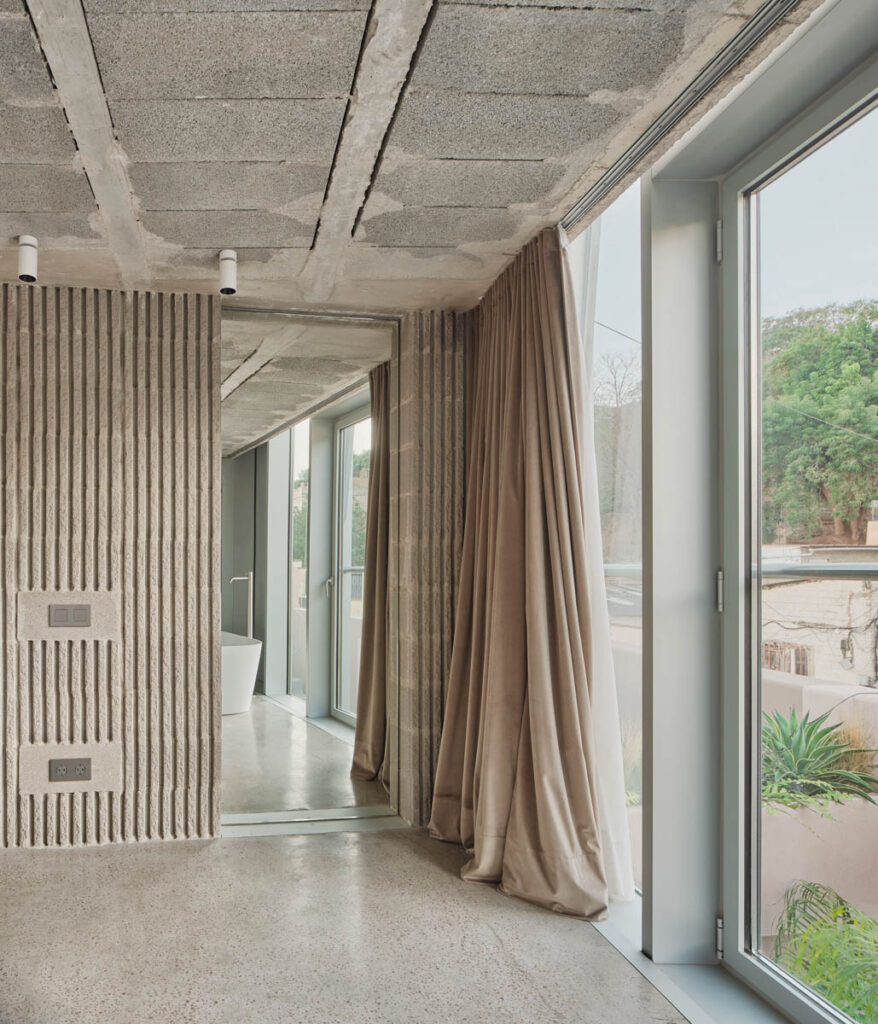
Separating the new structure from the street alignment resolves multiple issues: compositionally, the new facade can establish its own formal and material rules, remaining hidden behind the existing opaque wall; functionally, the void transforms into a patio that acts as an access gate and a controlled, occupiable outdoor space where the circular staircase leading to the first floor is also located; and eco-efficiently, the new patio acts as a climate regulator, enabling selective permeability of the glass enclosure, and allowing cross ventilation on the ground floor, while the existing wall acts as a solar controller in the southwest, projecting shade on this facade.
In terms of the program, the ground floor houses all the main living spaces, while the first floor contains a guest room and a small studio. The floor plan is organized as a strategic scattering of volumes that, due to their size and calculated position relative to the boundaries and among themselves, define and isolate each of the spaces with different degrees of intimacy without the need to introduce any doors in the project. This decision gives the house deep and crossed views, creating sensations of continuity and constant dynamism due to the multiple ways to move through it.
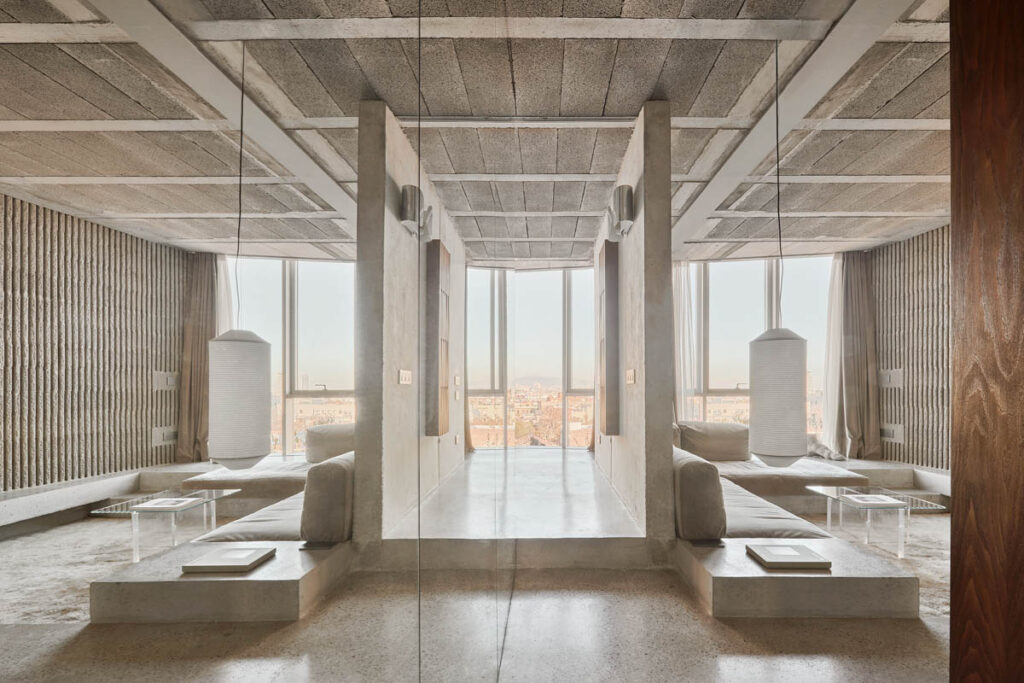



The materiality of the project is defined by the duality between its exterior and interior: outside, a straw-colored piece with beige tones is used, recalling the memory of the original masonry construction in different formats; inside, from the inflection point marked by the glass skin materialized with a curtain wall domesticated by straight point awnings, everything is tinted gray, unfolding a broad spectrum of its tones and textures. The final image is that of a raw space, celebrating a naked, honest brutalism that exposes its scars without complexes.
This project understands rehabilitation as a hybrid exercise between consolidation and reconstruction. The pre-existing structure it works with was of little architectural or constructive value, due to its self-built condition, and the rehabilitation of its degraded or even collapsed elements was not feasible for safety, economic, and especially future building climate efficiency reasons. Nevertheless, an almost archaeological first phase was carried out, in search of recoverable sediment, understanding that any place offers an accumulation of layers that form the backdrop on which the new project is placed, in a necessary dialogue between the new and the old.
From the perspective of the user and occupation, the project aims to challenge conventional notions of the domestic sphere by investigating, in both depth and form, what lies beyond the established concept of home and the act of inhabiting it. Rather than adhering to traditional definitions, the design delves into the spatial and material boundaries that are often overlooked or deemed inappropriate for a living environment. The result is a space that embodies a unique intersection—one among countless possible configurations—between the familiar elements of a home and the radically unconventional or improper aspects that defy domestic norms.
The final image is that of a raw space, celebrating a naked, honest brutalism that exposes its scars without complexes.
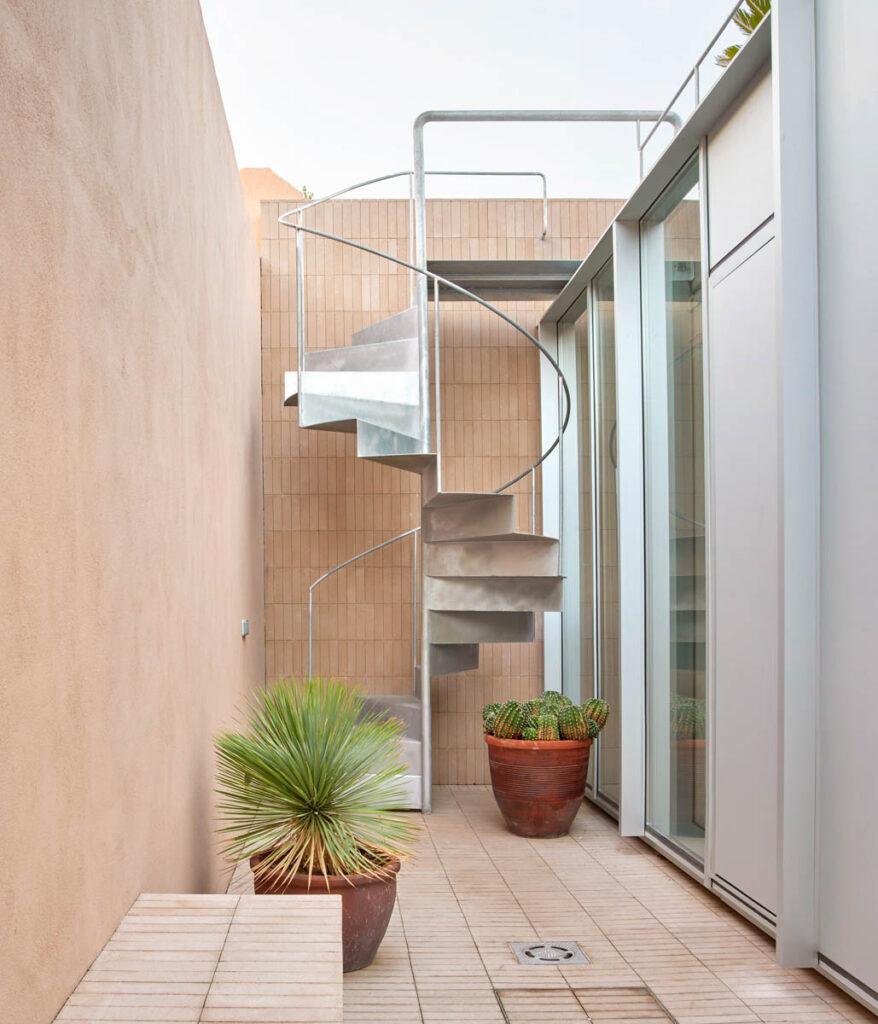
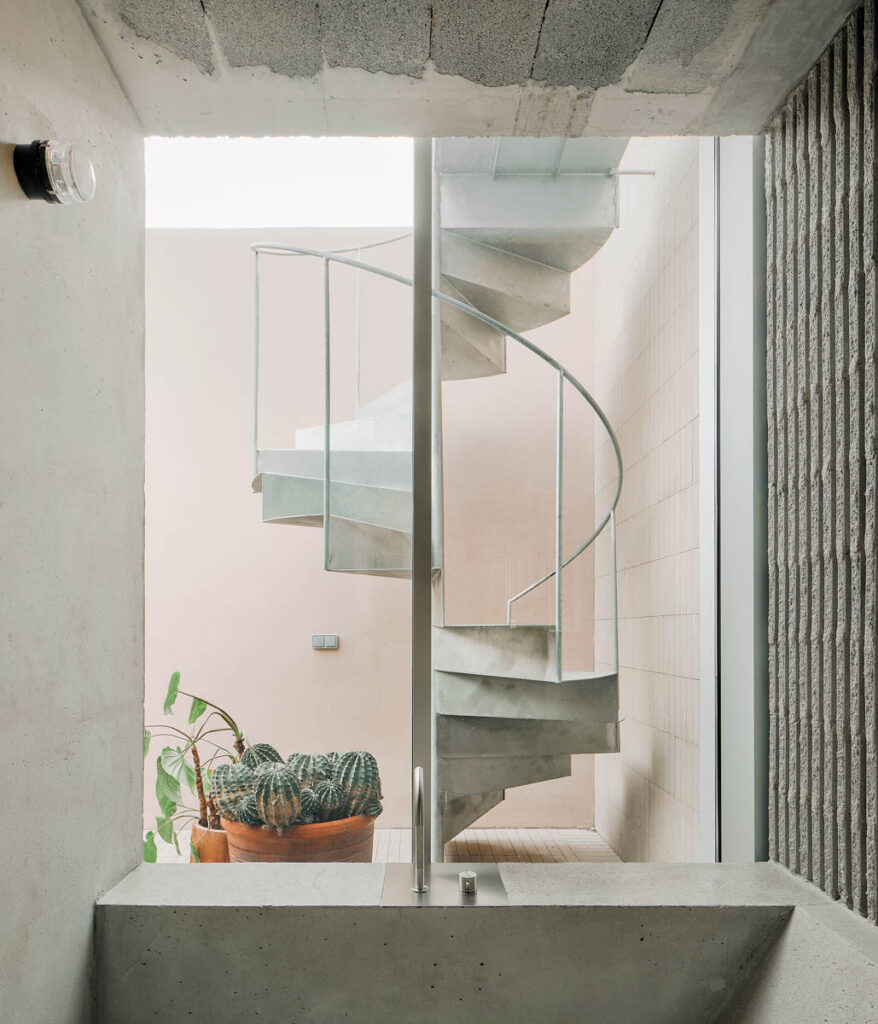



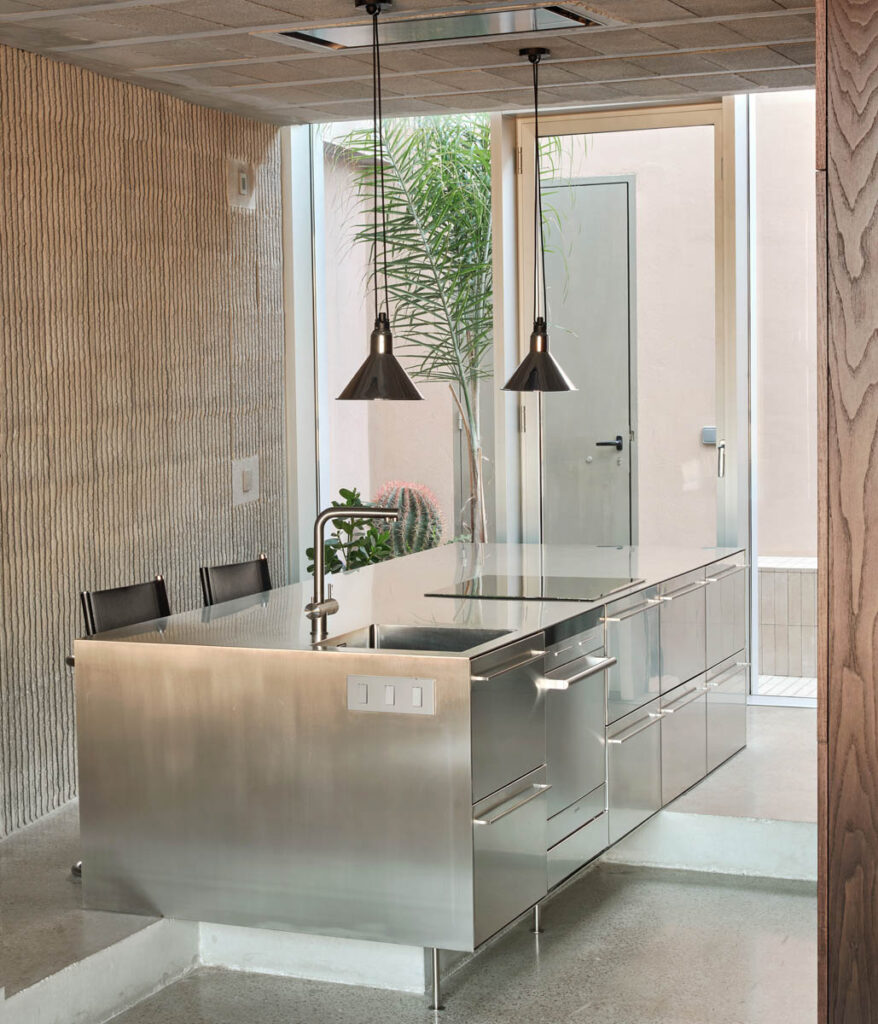


By introducing this hybrid scenario, which is at once recognizably domestic and yet strikingly alien, the project provokes fundamental questions about how we relate to and navigate the spaces where we live. It compels us to reconsider the boundaries we place on our living environments, blurring the lines between the known and the foreign. Through this process, the project dismantles the canonical order and fragmentation typically associated with a home—such as its segmented rooms, distinct functions, and predictable materials.
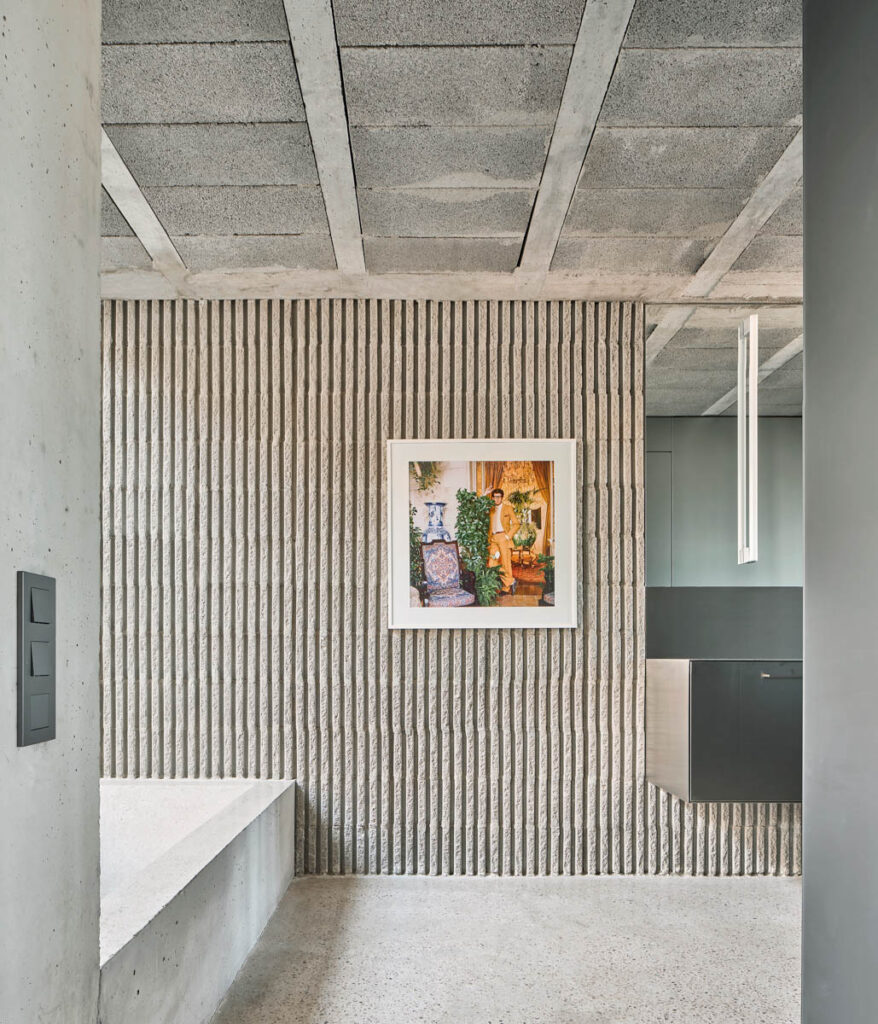





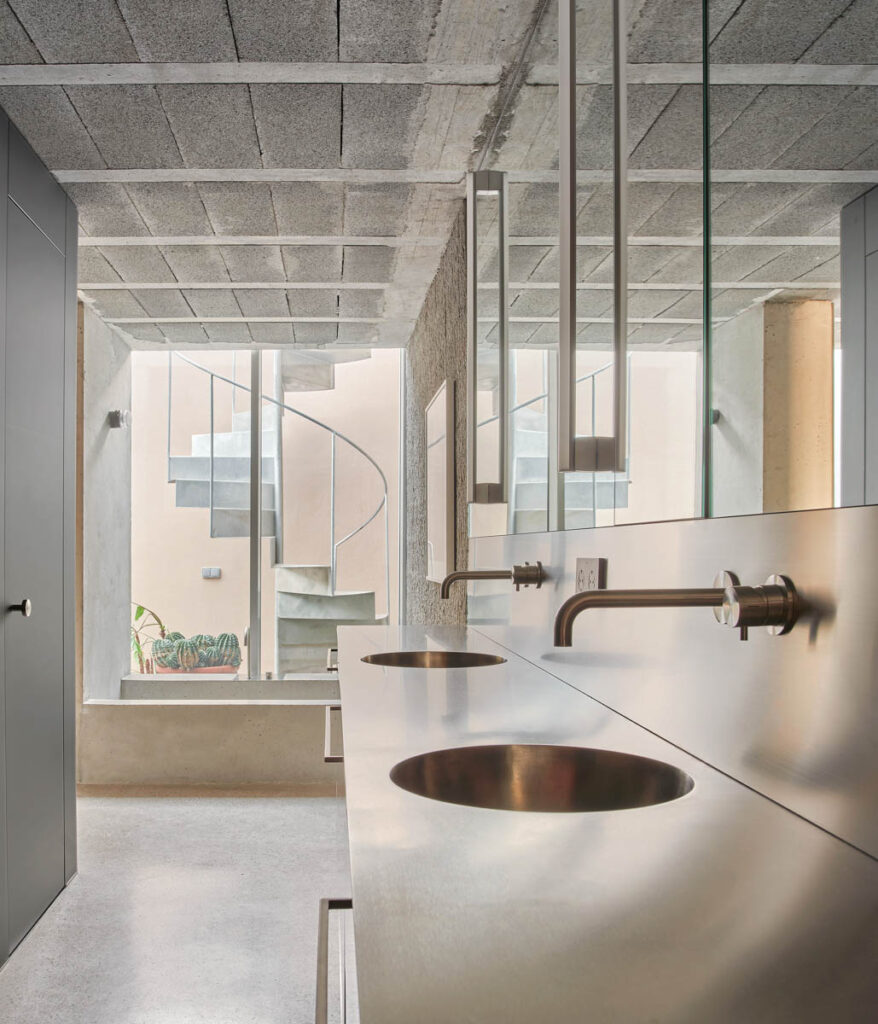
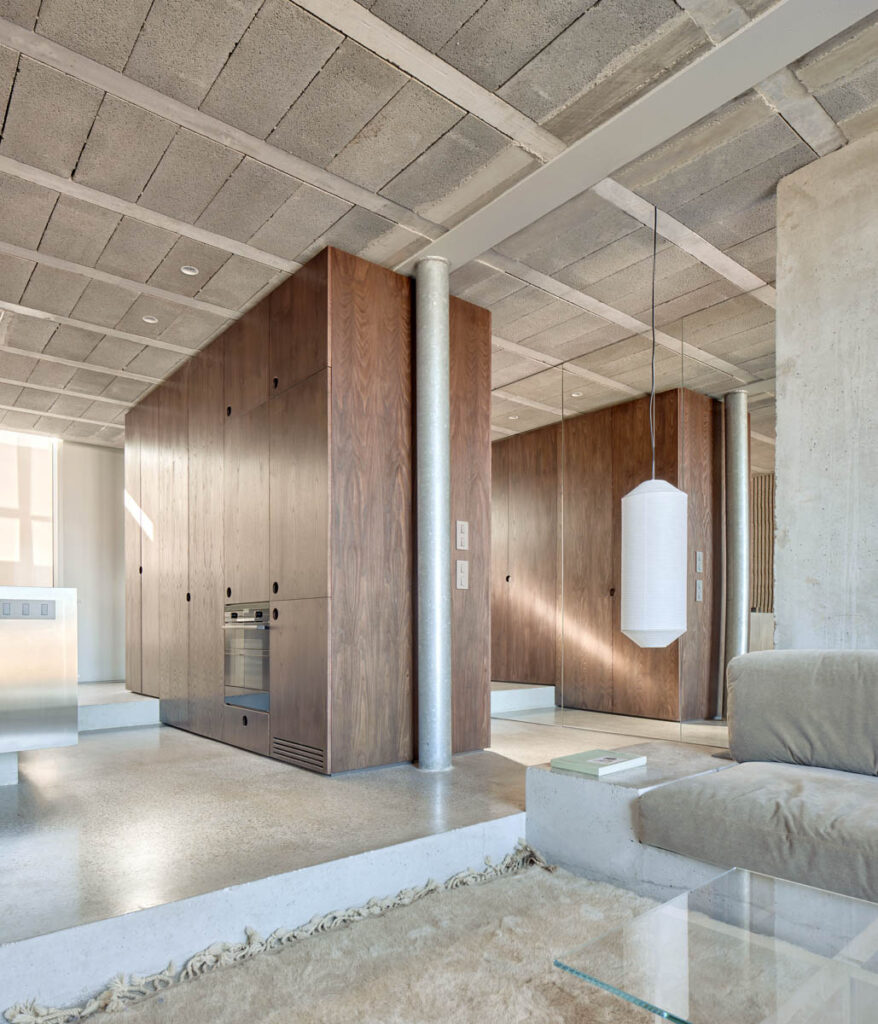

The house unfolds a confrontation with materials and forms that are foreign to the domestic imaginary. By incorporating unexpected textures, shapes, and spatial relationships, it challenges our preconceived notions of comfort, familiarity, and safety within the home. Ultimately, this project not only redefines the boundaries of what a home can be but also encourages a new way of inhabiting space—one that is open to ambiguity, embraces imperfection, and welcomes the “other” into the heart of the domestic realm.


